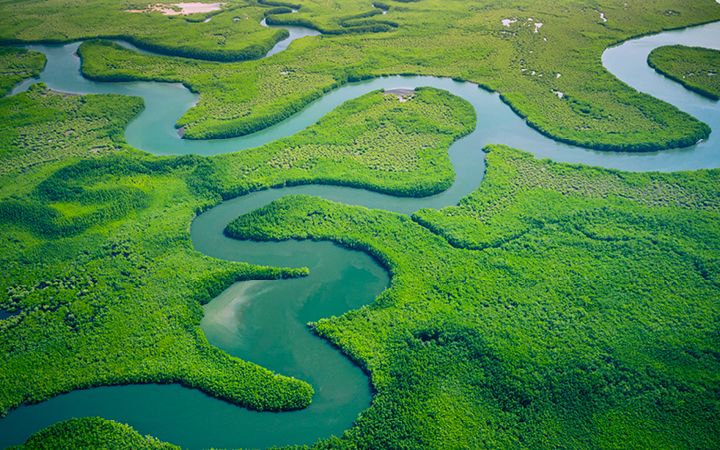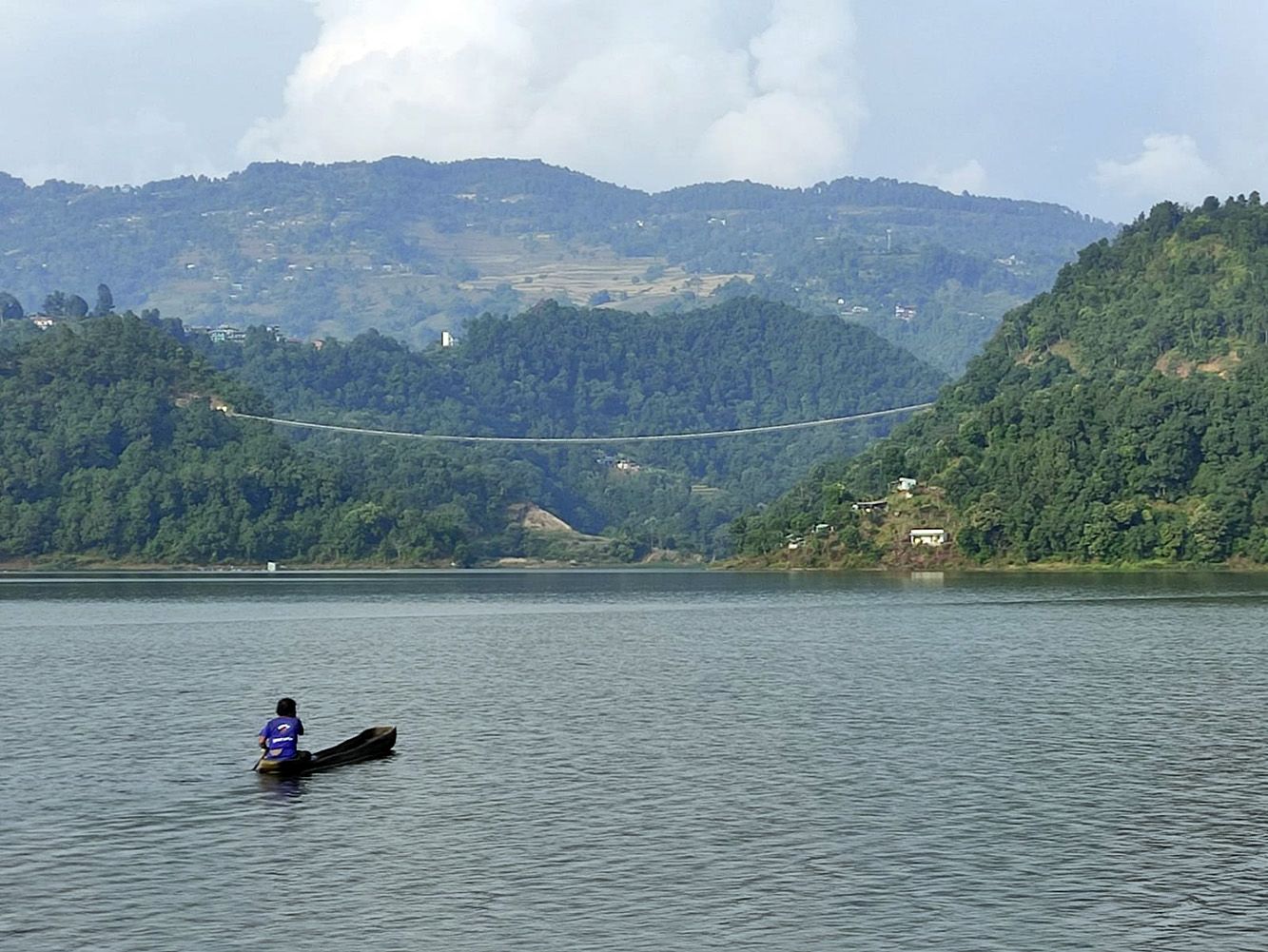
Sustainable destination management: A win-win for visitors and local communities
Tourism has the potential to benefit both local communities and travelers. With a rising focus on sustainability—and the potential economic, social, and environmental impacts of the tourist industry—effective destination management is crucial to maintaining the asset base and reputation of tourism destinations.
What does sustainable destination management look like?
Destination management provides a powerful way to coordinate how a destination manages all of the elements of its tourism industry. It is about taking a more holistic, strategic view that captures the interests of both local communities and visitors. That means bringing together many different (and often competing) elements and interests—and managing them with a coherent, consistent, and longer-term approach. Those varying elements and interests may include a wide range of contextual elements, from how the destination is marketed through to the activities and experience that visitors can enjoy, from the conservation of the natural environment to easy mobility and local business interests. These factors often have their own complex relationships with each other too. Without effective and coordinated destination management, they can be in conflict with each other to the overall detriment of the location itself.
In most cases, coordinating these different aspects is managed by a destination management organization (DMO), on behalf of its members. Those members will usually include most of the stakeholders at that destination—from local governments to businesses who want to benefit from managed growth in tourism. They will all work together in the broader interests of a particular location, with a clearly defined overarching goal.
Acting as intermediaries between local stakeholders and visitors, the DMO works to bring all stakeholders together, builds consensus on critical sustainability features, and markets the destination to a wider audience in order to attract sustainable tourist growth and trade. They create a strong brand identity for the location and will carefully promote everything from activities to accommodation to those tourists who they identify as being most likely to be interested in visiting the destination—hopefully multiple times.
Key takeaway: Safeguard local ecology and culture as these are the assets that will keep the destination brand attractive and competitive.A case study: Pokhara, Nepal
ICF's work in Pokhara, Nepal, provides an effective example of sustainable destination planning. Our team developed the Pokhara Sustainable Tourism Action Plan (STAP), with support from ADB Asian Development Bank TA-9919, after extensive research and stakeholder engagement. It proposes physical, policy, and economic measures that will benefit both the wider urban community and livability in Pokhara, as well as enhancing the experience of visitors. It also addresses a number of challenges, such as tourism being concentrated in specific areas (and the subsequent threat to natural assets); uncontrolled development (and the loss of green spaces and views); threats to lakes and water bodies; a reduction in open spaces, grasslands, and forests; increasing congestion and pollution due to poor infrastructure; a lack of data; and an unsustainable approach to reconciling tourism and local livability on the part of local stakeholders.

Sustainability underpins the plan for Pokhara, with particular attention to ecological conservation and highlighting cultural practices. The changes range from supporting community-driven projects emphasizing river preservation to developing new trails, natural zones, and lakes as an alternative new hub for ecologically appropriate tourism. They also include shaping Pokhara as an adventure destination, developing electric vehicle (EV) charging infrastructure, and improving vehicle and pedestrian traffic measures in busy urban tourist areas. These will bring new skills into the community as well as enhancing livability in the city itself. Backed by sound design, coordination, and technology, our holistic approach in Pokhara will create a healthy experience, built around providing access to nature and good amenities. These are all changes that benefit visitors and residents physically, mentally, and economically.
What are the benefits of destination management for visitors?
For visitors, the benefits of destination management can be significant. Destination management isn’t just about marketing the destination to potential visitors. It can also provide a more coordinated and consistent approach to planning any visit. That might mean making it easy to create an itinerary, or simplifying how visitors are able to book somewhere to stay that they will enjoy and want to return to. With a more coordinated and targeted approach, carefully selected potential travelers can be matched with the right experience at the destination. Encouraging tourists to visit a destination that is appropriate for them, or an attraction or activity that will appeal to them, increases the chances that they will return and builds a more sustainable long-term approach to attracting visitors. If they enjoy their experience they will want to come back, and they may also promote the destination to other like-minded people—in turn bringing more and more revenue into the destination.
Resilience planning will also be integral to destination management, ensuring visitors are safe and protected from (and during) unexpected events such as floods or pandemics.
What are the benefits of destination management for communities?
The impacts of tourism—both good and bad—are complex. More tourists can bring in much-needed revenue, helping businesses and communities to grow. But increased or poorly managed numbers of visitors also brings risks, from environmental damage to busier roads and increased risks of pollution.
Clearly, any destination management has to be for the benefit of the communities who live and work in and around the destination too. It should increase the number of quality visitors who are well-suited to the destination and already open to the kinds of experiences it offers—providing local businesses with a growing and increasingly lucrative customer base. Because this increase in revenue is based on a planned and long-term strategy, it should also continue to grow in a sustainable way as tourist numbers increase and other investors recognize the potential value of the destination.
Building a sustainable destination management approach
Destination management organizations need to find a balance between the risks and rewards of tourism, for the greater good of the destination. It is their job to work together to ensure that every tourist who comes adds value to the destination they visit. Done well, effective destination management ensures that every aspect of the tourist industry is contributing towards creating a sustainable offer that allows the destination to compete with other locations.
This has been reflected in the way that many DMOs now approach destination management, shown by the following trend:
- Over 50% of DMOs are now focusing on more than simply promoting the destination’s brand or on marketing it. Instead, they are now looking more at the sustainability of destinations and their overall competitiveness. (UNWTO)
This sustainability aspect of destination management is becoming increasingly important, as climate and resource concerns increase, and visitors consider the environmental and social impact of their travel choices. Taking a more holistic, strategic approach to destination management needs to involve everyone who has a stake in the destination.
Ultimately, it requires cooperation and clear leadership from the DMO and the experience of expert external partners such as those at ICF to help destinations to monitor impact and encourage the continual improvement of the tourism offer at the destination.
